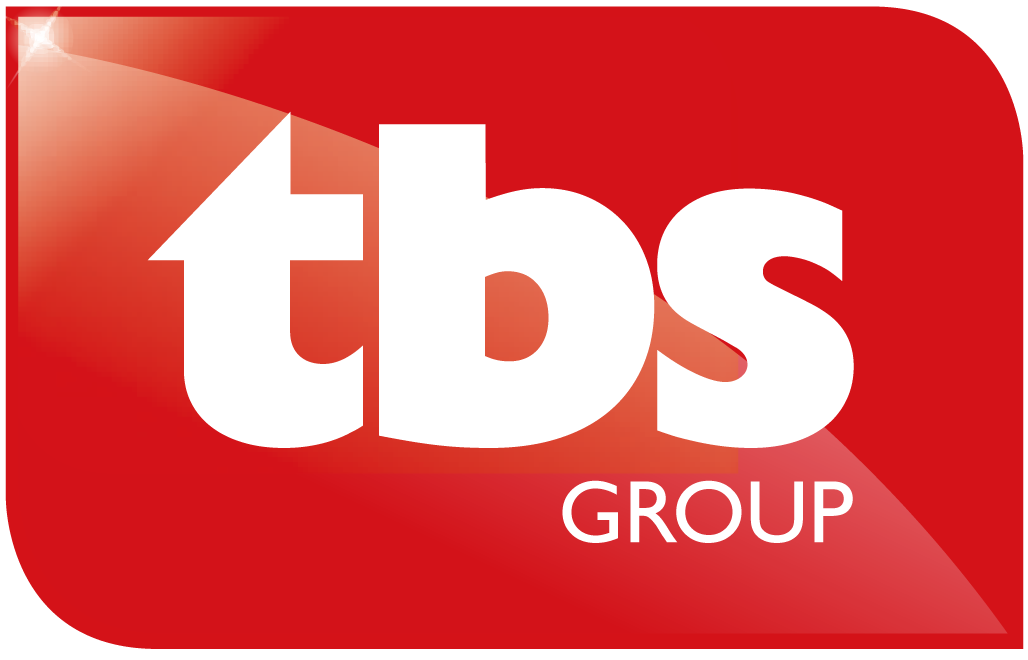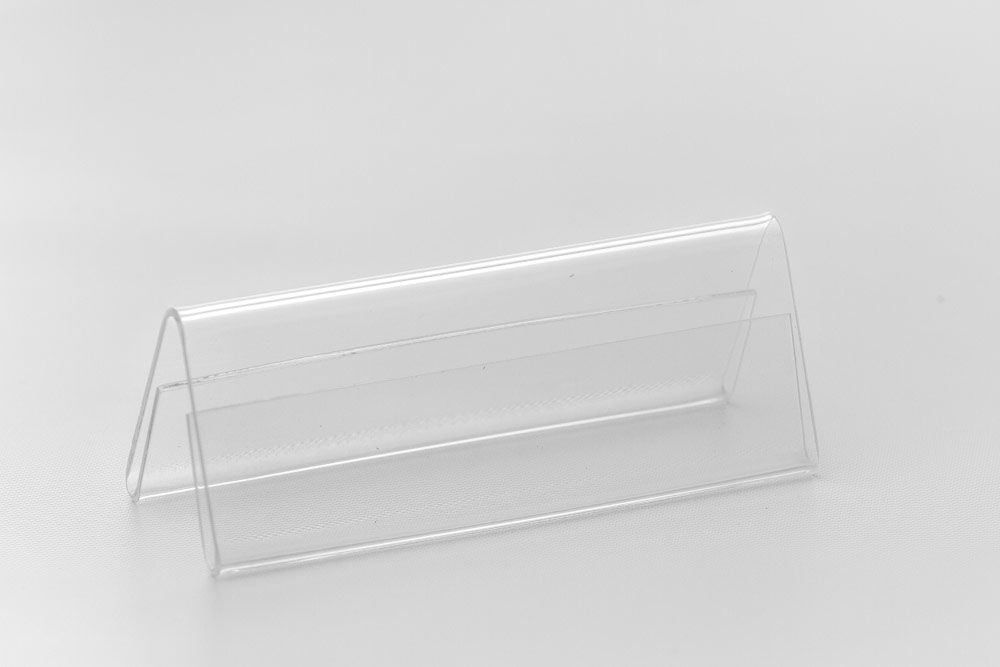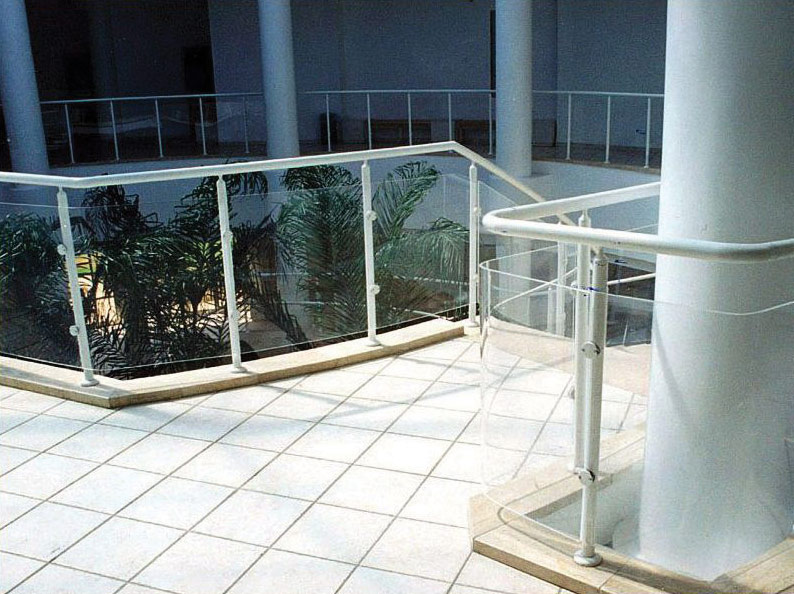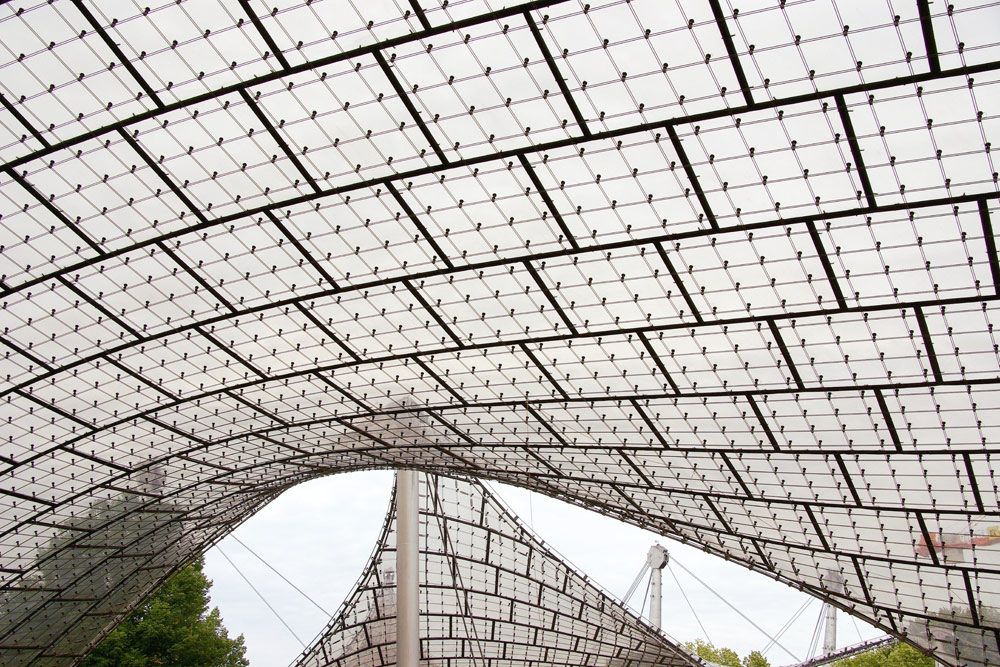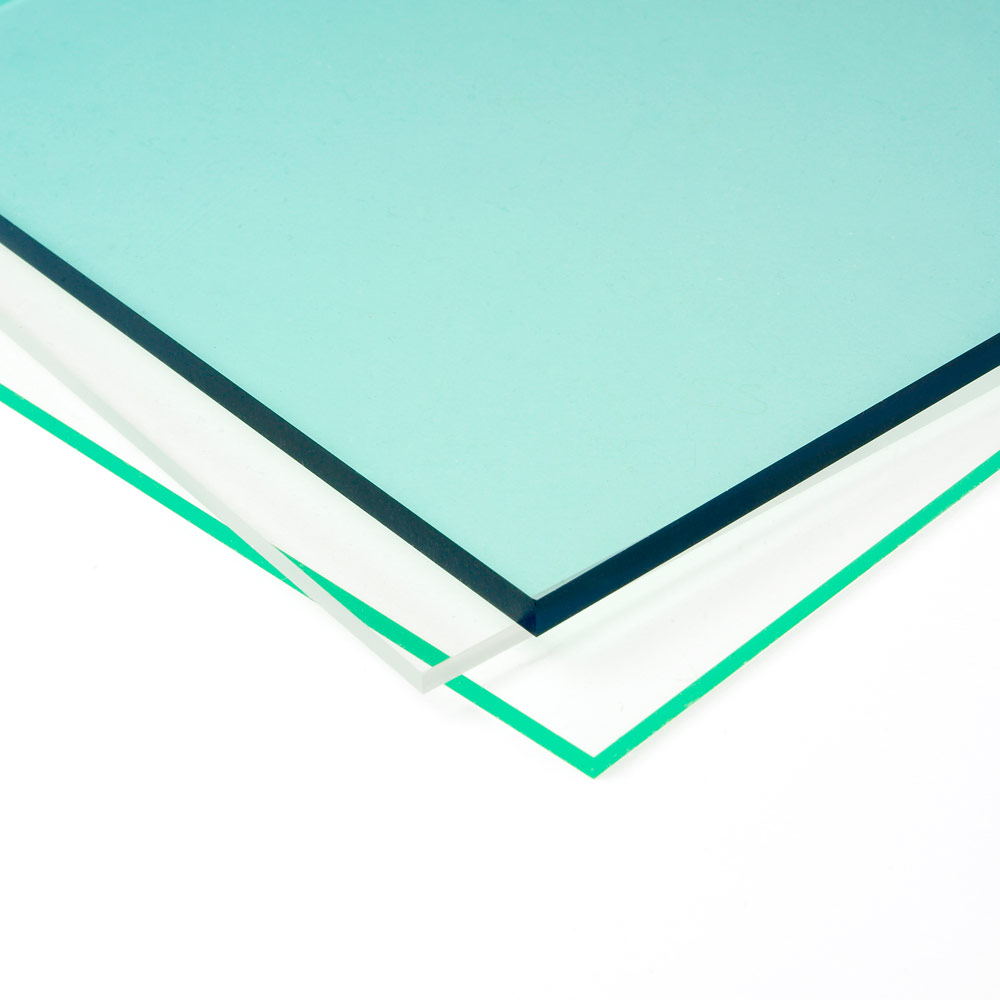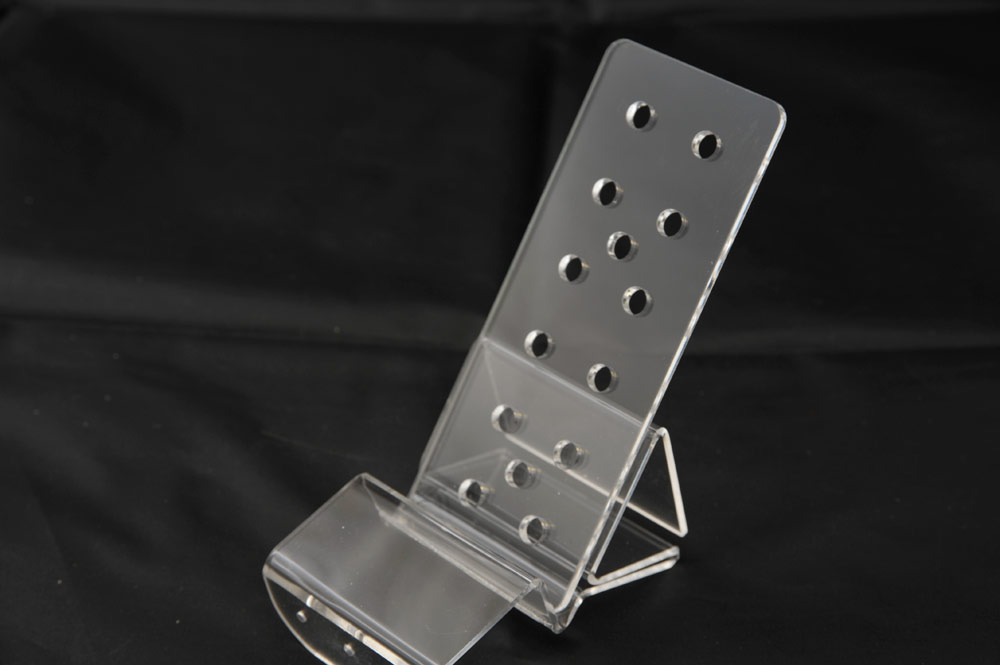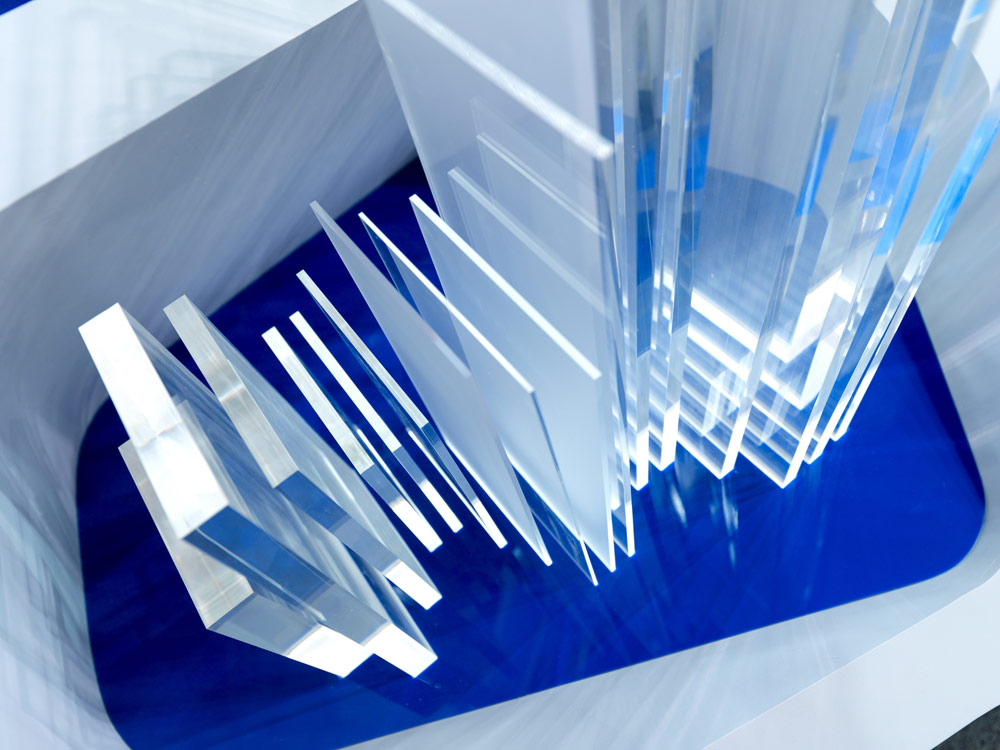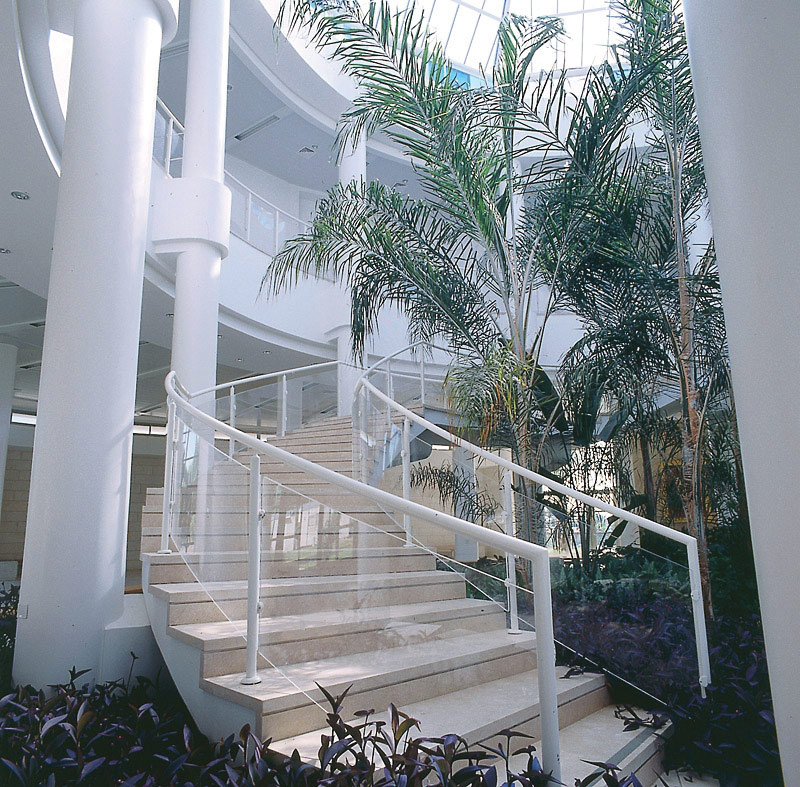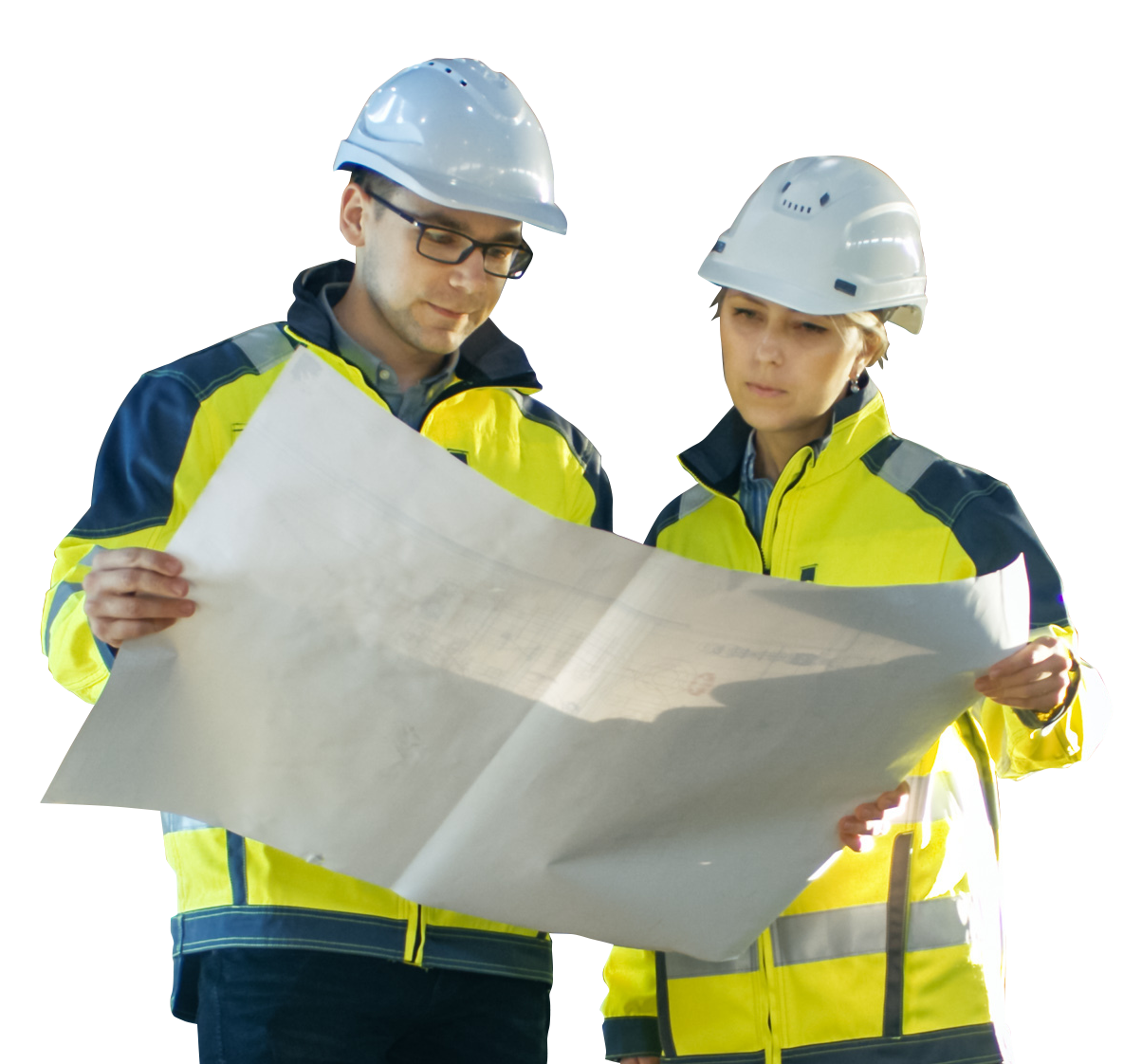Extruded Acrylic
High quality extruded acrylic sheet ideal for a wide variety of industries, it offers excellent thickness tolerance and is extremely easy to vacuum form, making it ideal for applications where complex shapes are required.
Applications
Signs, POS, glazing, displays, forming & fabrication
Properties
- Outstanding resistance to weathering
- Excellent thermoforming capabilities
- Good optical clarity
- Full range of sheet sizes available for optimum economic usage
- Hard wearing
- Easily fabricated
- High gloss finish
Shop our full range of sheet plastics.
Fire Rating:
BS476 Part 7: Class 3
Light Transmission:
Clear 92% Opals (030) 70% (040) 51% (050) 37% (069) 9%
Co-efficient of Linear Expansion:
DIN 53752-A 1/K 7.10-2
| Property | Test Method | Conditions | Units | Value | ||
|---|---|---|---|---|---|---|
| Physical | Extruded | IM50 | IM60 | |||
| Relative Density | ISO 1183 | g/cm3 | 1.2 | 1.17 | 1.16 | |
| Water Absorption | ISO 62 | % | 0.2 | 0.3 | 0.3 | |
| Mechanical | ||||||
| Tensile Strength at yield | ISO 527 | 5mm/min | MPa | 70 | 68 | 50 |
| Tensile Strength at break | ||||||
| Elongation at yield | ||||||
| Elongation at break | ISO 527 | 5mm/min | % | 4 | 18 | 25 |
| Tensile Modulus of Elasticity | ||||||
| Flexural Modulus | ISO 178 | 2mm/min | MPa | 3030 | 2500 | 2000 |
| Flexural Strength at yield | ISO 178 | 2mm/min | MPa | 107 | 90 | 70 |
| Izod Impact Strength | ISO 180/1A | notched | kJm-2 | N/A | 5 | 7 |
| Charpy Impact Strength | ISO 179 ISO 179 |
unnotched notched |
kJm-2 kJm-2 |
10 N/A |
50 5 |
65 7 |
| Impact Falling Weight | ||||||
| Rockwell Hardness | ISO 2039-2 | M Scale | 101 | 65 | 45 | |
| Thermal | ||||||
| Service Temperature | °C | -40 to 80 | ||||
| Heat Distortion Temperature | ||||||
| Vicat Softening Temperature | ISO 306 | °C | >105 | >105 | >105 | |
| Coefficient of Thermal Expansion | ASTM D-696 | mm/m°C | 0.078 | N/A | N/A | |
| Thermal Conductivity | ||||||
| Specific Heat Capacity | ||||||
| Optical | ||||||
| Light Transmission | ASTM D-1003 | 3mm sheet | % | >92 | 90 | 89 |
| Refractive Index | ISO 489/A | 1.49 | N/A | N/A | ||
| Yellowness Index | ||||||
| Haze | ||||||
| Electrical | ||||||
| Dielectric Strength | IEC 243 | kV/mm-1 | N/A | N/A | N/A | |
| Surface Resistivity | IEC 93 | Ω m-2 | >10 | |||
| Flammability | |
|---|---|
| Standard | Classifcation |
| BS 476 Part 7 | Class 4 |
| UL 94 | HB |
| NFP 92-307 | M4 (without drips) |
Acrylic is a combustible material and if ignited will continue to burn. Different to cast, extruded acrylic will eventually produce molten droplets which will continue to burn.
Other physical properties and values available on request.
